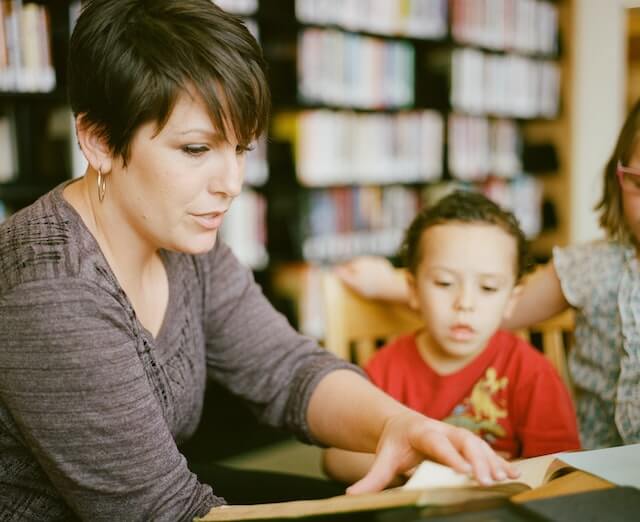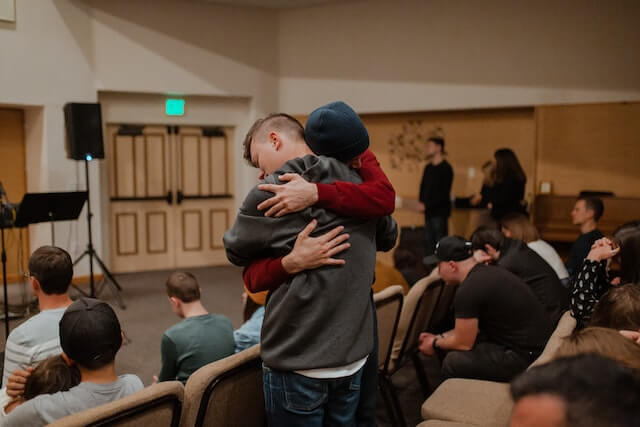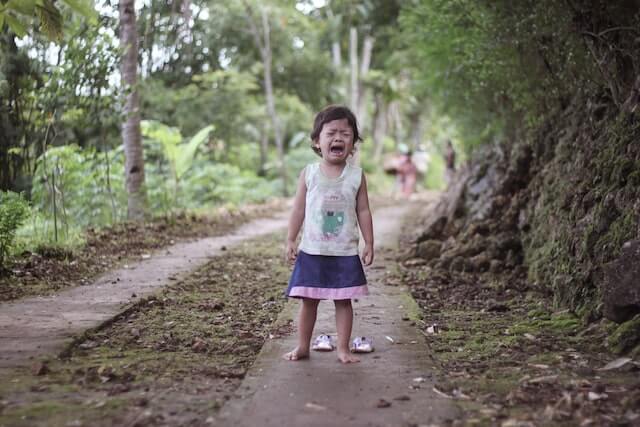For family members of an individual with autism, finding the right resources for their loved ones can be a challenge. If you live in Indiana, you will find the state has numerous resources available for families, including access to information, legal insight, support groups and more. Here’s what to know about accessing autism resources in this state.
Autism Resources
Finding autism resources can seem overwhelming, but there are several state-wide resources that every family living with an individual with autism should know about.
Autism Society of Indiana
The Autism Society of Indiana (ASI) was established to help individuals with autism spectrum disorder and their families by improving their lives and putting them in front of important resources. The mission of this organization is to make sure that every family in Indiana receives the high-quality services they deserve.
Their goal is to make sure that their services are readily available across the entire state of Indiana, not only today but over the next five years. This organization offers:
- Individual and family support groups
- Direct care services
- Access to career services for individuals with autism
- Online resources and information
- Access to doctors for an official diagnosis
- And more!
The ASI exists to ensure every family in the state is getting the affordable and accessible support and services they deserve.
Indiana Resource Center for Autism
The Indiana Resource Center (IRCA) works on behalf of individuals across the autism spectrum. This organization works to provide a number of resources for individuals living throughout the state of Indiana.
These resources include free family webinars, comprehensive programming for students across the autism spectrum, and access to workshops by nationally recognized professionals. This organization also offers individual consultations and school district support for public schools around the state.
Indiana Family and Social Services Administration
The Indiana Family and Social Services Administration (FSSA) is an organization dedicated to helping individuals in Indiana live productive, safe and healthy lives. This health care and social service agency.
As part of this state-wide organization, individuals with autism and their families can get access to home and community-based services as well as necessary healthcare. This organization places particular emphasis on individuals who need financial assistance as well.
Legal Services
There are disability legal services available throughout the state of Indiana, designed to help individuals with autism and their families with important resources.
DLSI
The Disability Legal Services of Indiana, Inc. (DLSI), is a nonprofit organization dedicated to providing free and low-cost legal services to children and adults with disabilities, with a primary focus on education. This organization provides legal consultation and representation when it comes to special education services and individual education plans.
This organization empowers children with disabilities in the area with low-cost or no-cost legal advocacy to ensure access to proper educational resources.
Nursing Home Abuse Guide
The state of Indiana also has legal services available to protect individuals with disabilities and potential nursing home abuse. While many residents in long-term care facilities are well-cared for, nursing home abuse is a serious problem in the United States today. The state is taking charge of making sure that any individual with disabilities, including those with autism, are legally protected against this type of abuse.
Nursing home or caregiver abuse should never be tolerated, and this organization helps families look for the signs this abuse so that they know who to contact to ensure their loved one has the protection they deserve.
ABA Therapy
In addition to some of these non-profit organizations and state-sponsored services, individuals in Indiana can access what is known as ABA therapy. Also known as Applied Behavior Analysis, this is one of the most common types of treatments available for individuals on the autism spectrum.
This type of therapy is available throughout treatment centers in Indiana and it is effective because it is based on learning and behavior modifications and can be highly individualized. Aba therapy should be administered under the discretion of a Board-Certified Behavior Analyst. By using services such as Golden Care Therapy, families can actually get in-home care so that their children can live happy, independent and fulfilling lives.
ABA therapy covers:
- Language skills
- Skills acquisition
- Behavior modification
- Activities of daily living skills
- Social skills
- Executive function (learning and memory)
ABA therapy can be the key for many children to start living independently and these programs can also help family members and loved ones as well. This comprehensive approach is covered by many insurance companies and is a valuable resource for many families not only in Indiana but across the world.
With this information, any individual living in Indiana can start finding the quality autism support and care that they need. No one dealing with autism should have to feel like they are alone, which is why these programs are available throughout the state.
No matter what your current situation is, there are resources available, you just need to know where to turn in order to get the autism support you’ve been looking for.
If you are ready to work with the best ABA therapy provider in Indiana, give us a call at (317) 406-0072. Our dedicated team is ready to help and we will treat you like family.










